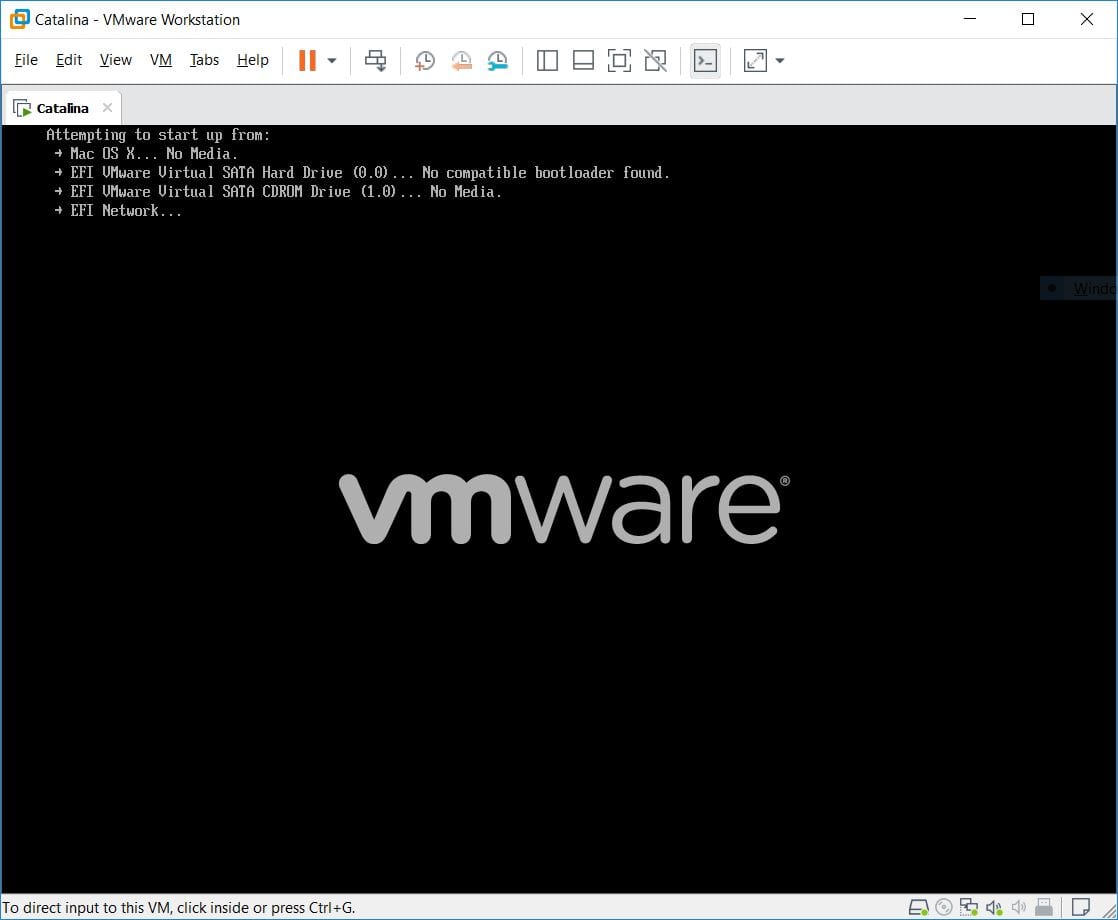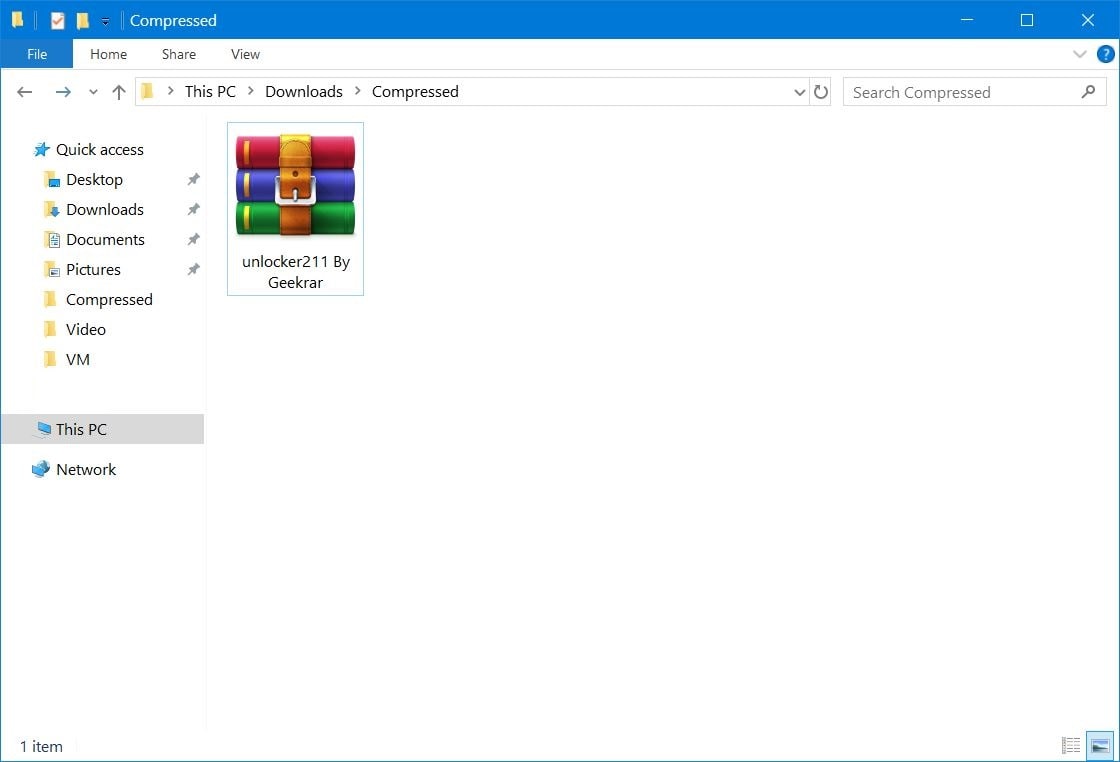

VirtualHW.productCompatibility = “hosted”ĮxtendedConfigFile = “Mac OS X Lion.vmxf”Įthernet0.generatedAddress = “00:0C:29:31:1E:73” Nvram = “Mac OS X Server 10.6 64-bit.nvram” And if you make changes, backup your original. If there are some differences, you can try changing to what is in mine. I don’t know if this will help but, since we have similar systems (Win7, i7 correct?) here is my config file. When we execute this, it will modify some VMware binary files and unlock VMware application to support macOS guest versions on Windows host.Ĭlose the VMware program completely, then open the command prompt as administrator and execute the windows.bat file (or, even you can right-click on the windows.bat file and run as administrator)
MAC OS DARWIN.ISO INSTALL
MAC OS DARWIN.ISO MAC OS X
One file to patch the VMware software to support Mac OS X guest virtual machines ( Original Source), and the second one with pre-configured Virtual machine files ( Original source) and darwin.iso file to install VMware Tools on the guest VM to get more screen resolutions, improved performance and shared folders feature.


MAC OS DARWIN.ISO ISO
MAC OS DARWIN.ISO PC

Each time you boot the guest you will get an error dialog No operating system was found. VMWare Fusion 4.0: Fusion 4.0 is similar to 3.0, but the path in the script above must be changed from /Library/Application Support/VMware Fusion/isoimages to /Applications/VMware Fusion.app/Contents/Library/isoimages. VMWare will then use the hacked boot image from darwin.iso. After creating a new VM and before booting it from the install DVD/ISO, edit the *.vmx file and remove/comment out the firmware="efi" line. VMWare Fusion 3.0: Fusion 3.0 uses EFI instead of BIOS by default. Openssl dgst -sha1 -sign tools-priv.pem > įor A in *.iso do openssl dgst -sha1 -sign tools-priv.pem $A.sig done Openssl rsa -in tools-priv.pem -pubout -out tools-key.pub Mv darwin.iso tools-key.pub *.sig original Cd "/Library/Application Support/VMware Fusion/isoimages" mkdir original


 0 kommentar(er)
0 kommentar(er)
